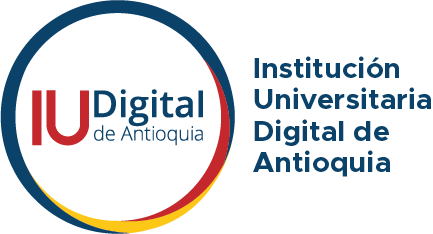- Beichner, R. J. (1994). Testing student interpretation of kinematics graphs. American journal of Physics, 62(8), 750-762. org/10.1119/1.17449
- Bell, B. (2012). Interviewing: A technique for assessing science knowledge. In Learning science in the schools (pp. 359-376). Routledge.
- Cubero, R. (1994). Concepciones alternativas, preconceptos, errores conceptuales...¿distinta terminología y un mismo significado?. Investigación en la Escuela, (23), 33-42.
- Driver, R. (1985). EBOOK: CHILDREN'S IDEAS IN SCIENCE. McGraw-Hill Education (UK).
- Downing, S. M. (2006). Twelve steps for effective test development. Handbook of test development, 3, 25.
- Duit, R., & Treagust, D. F. (2003). Conceptual change: A powerful framework for improving science teaching and learning. International journal of science education, 25(6), 671-688. doi.org/10.1080/09500690305016
- Duit, R., Schecker, H., Höttecke, D., & Niedderer, H. (2014). Teaching physics. In Handbook of Research on Science Education, Volume II (pp. 448-470).
- Feher, E., & Rice, K. (1988). Shadows and anti‐images: Children's conceptions of light and vision. Science Education, 72(5), 637-649.
- Gurel, D. K., Eryılmaz, A., & McDermott, L. C. (2015). A review and comparison of diagnostic instruments to identify students' misconceptions in science. Miller, S., Pfund, C., Pribbenow, C. M., & Handelsman, J. (2008). Scientific teaching in practice. Science, 322(5906), 1329-1330. Recuperado de http://science.sciencemag.org/
Transparencia
chevron_right
Idioma
Cambiar idioma del sitio



